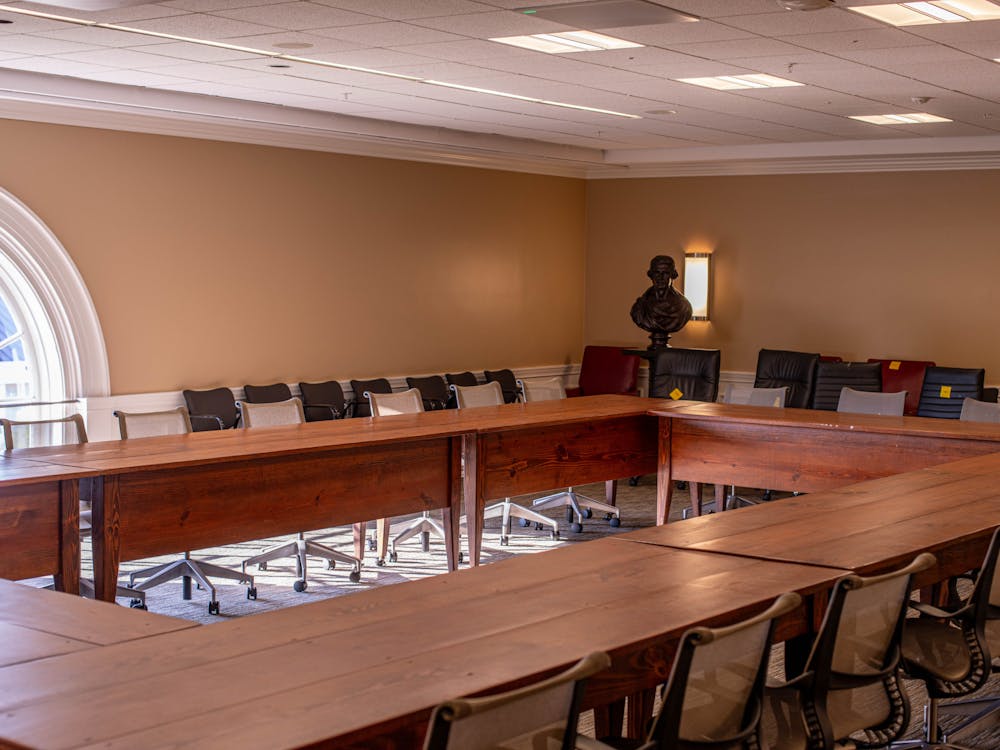Student Council currently is working with the Office of Business Operations to lower the cost of printing for students from ten to eight cents per page. If approved, this decrease would be offset by an increase in the cost of copying from seven to eight cents per page.
"I am excited to see that we have made some progress in lowering the burden in paying for print," Council President Daisy Lundy said. "This is an intermediate step. I hope we are able to push forward a model that is less economically cumbersome for students to fulfill their academic requirements through printing."
Council first began discussing the "pay-for-print" program early in the summer and contacted Richard Kovatch, University vice president for business operations, to examine the depreciation model for printers on Grounds.
Lundy asked Kovatch to depreciate the printers over four years, rather than the three-year life span suggested by Business Operations. He agreed to depreciate half of the printers over four years, and the remaining half over three years in an effort to decrease expenses.
Kovatch attributed the difficulty of modeling prices to a lack of actual data for the demand of pay for print services.
"We have been monitoring the volume since we have implemented it," Kovatch said. "The volumes have improved slightly, but not dramatically."
Before students had to pay for printing, printers were incorporated in various University budgets. The University created the Printing and Copy Division to generate revenue to pay for print services when it could no longer provide free printing services.
"Printing and copy is a full cost recovery operation -- it has to cover all of its costs from the revenues it generates," Kovatch said.
Lundy has looked to the College of William & Mary to create a model which is more financially accessible to the University community. William & Mary students pay five cents per page as compared to University students who face ten cents per page pricing.
By updating the original model with actual data from the first two months of the semester, and increasing the projected printer lifespan, Kovatch said he believes the price can be lowered from ten cents to eight cents per page.
Council's plan calls for a one cent increase in the cost of copying up from seven to eight cents per page to balance out the lowered cost of printing.
"This is a temporary compromise with the administration until we can look at what printing costs are looking like," Council College Rep. Marisa Nelson said. "This is mainly just a compromise until we see what other options we have."
Kovatch said Printing and Copy Services also is balancing the anticipated shortfall in revenue from printing from the copiers.
"Our hope is to encourage that we do not create problems for students who have to copy a lot by creating a solution for students who print a lot," Lundy said.
Lundy has been busy gauging student opinion of the proposal and Nelson said Council is shooting for after Thanksgiving to implement the change.






